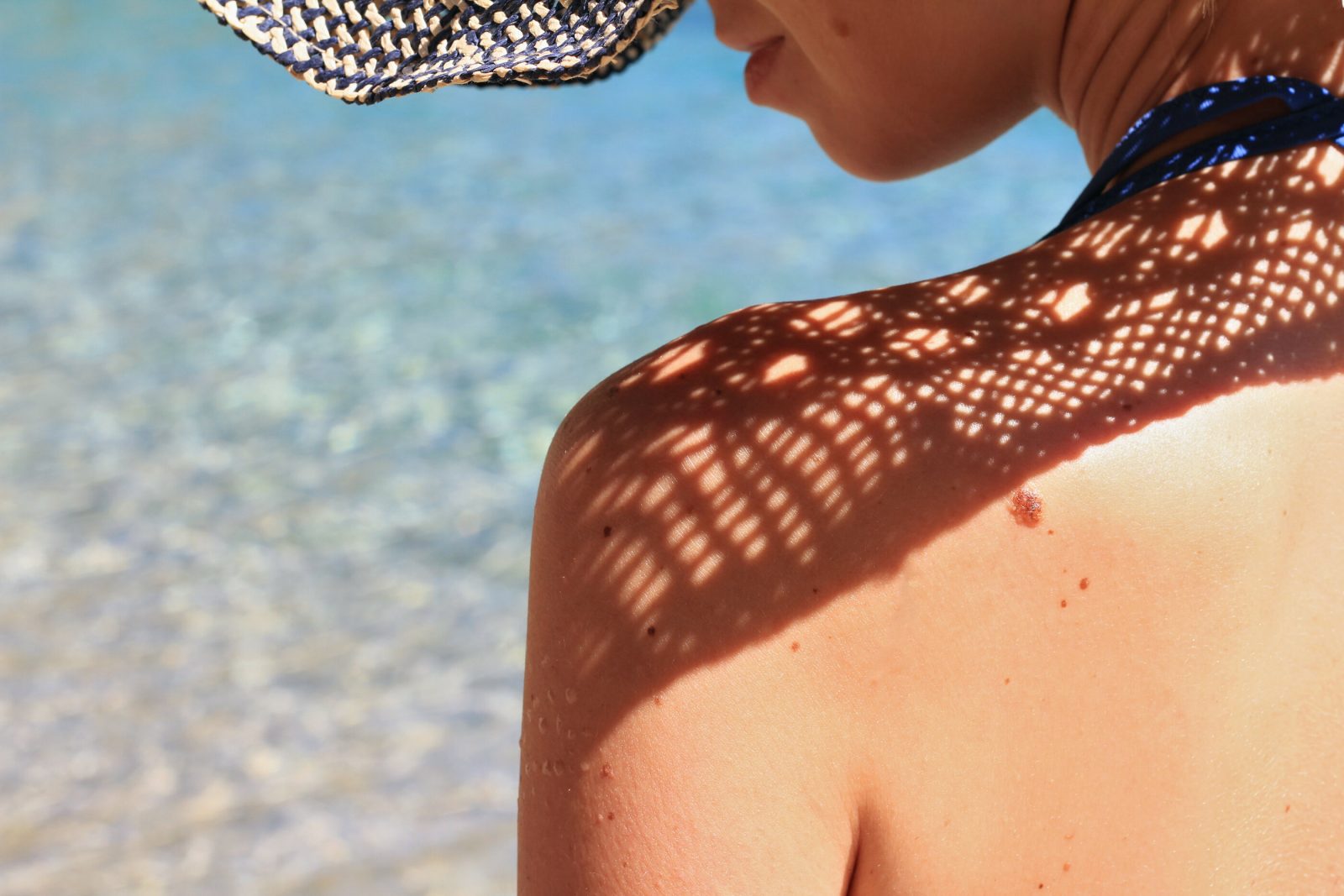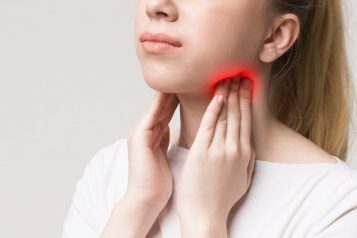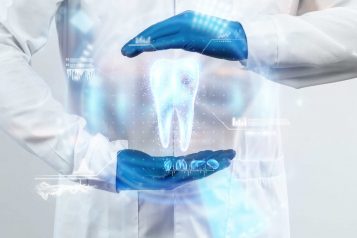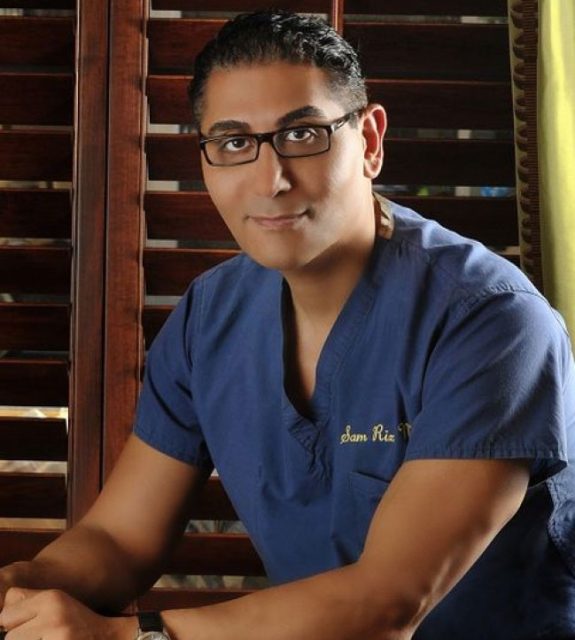 Photo Credit: Shutterstock
Photo Credit: Shutterstock
As we spring into the summer months, sun spots become more prominent on your skin, especially when you aren't properly using sunblock or better yet, not using sun protection at all. Sun spots are brown and range in size, usually appearing on areas that are exposed to the sun. Haute Beauty asked our Haute Beauty experts questions regarding the details of sun spots. Here are the questions and the answers received:
How do you treat sun spots? Are there common areas where sun spots form? When sun spots go away, can they come back in the same place? Is there a certain skin type where you are more susceptible to sun spots? Can you get sun spots if you wear sunscreen?
Harlan L. South | Anti-Aging | San Francisco
Sun Spots are very common and can occur in most skin types. These lesions are called commonly "liver spots," and they often appear on the face, neck, chest, and back of the hands. These spots are typically circular with diffuse light-to-dark colored pigmented lesions. These spots occur usually occur after the age of 40 years old, and also after prolonged exposure to the sun during the day. It is important to have a physician evaluate the spots to ensure that they don't meet the criteria for a more serious skin condition such as melanoma.
Preventive measures include wearing sunscreen, avoiding tanning beds and direct sunlight between 10 am and 3 pm, wearing long clothing outside, and using cosmetics and moisturizing lotion with adequate SPF. At-home treatment includes using products with vitamin C, aloe vera, licorice, and hydroxy acid creams. Professional in-office treatment includes the IPL laser treatment which is the most effective procedure after several sessions. Other in-office options include laser resurfacing, chemical peels, and microneedling can lighten these sun spots.
For more information, visit Dr. South's website, Instagram, or Facebook!
Dr. Nianda Reid | Skin | Philadelphia
There are different causes of "dark spots". Sun spots or lentigines are a collection of pigment-producing cells that grow bigger and plumper when exposed to UV rays/ sunlight, hence sun-exposed sites such as the face, chest, and neck are prone to sun spots and pigmentation. If you are concerned about a dark spot or sun spot, it is best to have it first evaluated by a board-certified dermatologist so that you can determine the best treatment course.
Dark spots are triggered by the sunlight, therefore regular use of sunscreen with an SPF 30 or higher in addition to sun protective clothing is a must for treating and preventing sun spots. Treatment choice depends on many factors including skin type and type of dark spot. Laser and light-based devices are usually paired with other treatments such as chemical peels, medical-grade lightening creams, and energy-based devices to tackle sun spots and sun damage.
For more information, visit Dr. Reid's website or Instagram!
Dr. Kiran Mian, Hudson Dermatology & Laser Surgery | Skin | New York
Treatment of sun spots starts with prevention! Wearing sunscreen with an SPF of 30 or higher thirty minutes before sun exposure can protect the skin from the UV rays responsible for sun spots. Reapplication is key, as the protection from sunscreen only lasts for about 90 minutes. Physically protecting our skin, especially areas more prone to sun spots, is also very helpful. Sun spots can form anywhere but are more commonly seen on areas of projection where the sun hits first—the tops of our cheekbones, nose, chin, as well as our arms and hands. In women, the décolleté is a very common area for sun damage and the development of solar lentigines. In men and women, we see sun spots develop on the tops of the shoulders and ears as well.
Various ingredients are available and used as treatments for sun spots. Vitamin C is an antioxidant with lightening properties—it prevents pigment formation and lightens existing pigment. Vitamin C serums can help fade sun spots over time. Hydroquinone is a bleaching agent, used to lighten stubborn sun spots. Azelaic acid, niacinamide, and kojic acid are other ingredients found in topical formulations—regimented use can lighten sun spots over time.
Chemical peels and lasers are other options for treating sun spots. In-office chemical peels use various acids to exfoliate the skin, gently removing sun damage. Lasers are powerful devices that use photo energy to target the pigment that causes sun spots—these can be the most effective way to treat solar lentigines.
All skin types can develop sun spots! In fact, I see them more commonly in my darker skin type patients as they don’t wear sunscreen as often. This is why it's important for all skin types to practice sun protection.
For more information, visit Dr. Mian's website and Instagram!
Dr. Bertha Baum | Skin | Miami/Ft. Lauderdale
There are many different ways of treating brown spots, lentigines, or sun spots. One of the most commonly used treatments is medicated creams that have been scientifically proven to decrease pigmentation and treat sun spots. Great medicated creams include ingredients such as azelaic acid, mandelic acid, tranexamic acid, ascorbic acid (vitamin C), niacinamide, cysteamine, tretinoin, and hydroquinone. Also, many different professional or medical peels in the market work great.
In the office, we treat brown spots with lasers that target pigmentation. Depending on the skin type and type of pigmentation, the IPL, alexandrite, switch lasers, pico, and resurfacing treatments are used to treat brown spots very effectively. Microneedling and other treatments can also be used to treat sun spots.
When your sun spots go away, they can come back in the same place, as melanin has memory. So when it comes to maintenance, the most crucial aspect is sun protection, sunscreen, and vitamins such as Heliocare (I refer to it as an oral sunscreen) is an excellent antioxidant. Applied sunscreen and reapplication every two hours in conjunction with the vitamins and sun safety works best.
Keep in mind that you can still get sun spots when you wear sunscreen. That’s why reapplication is key and other sources of protection such as seeking shade, umbrellas and hats, oral antioxidants, and protective clothing.
Sun spots form most commonly lateral to the eyes and on the nasal area, but they can happen everywhere. High-risk areas (forgotten areas) such as the lips and ears should be areas to pay more attention to. The Fitzpatrick scale 1-3 tends to have less protection from the sun and will create sun spots easier. However, darker skin types when they develop hyperpigmentation are harder to treat.
For more information, visit Dr. Baum's website, Instagram, or Facebook!





















